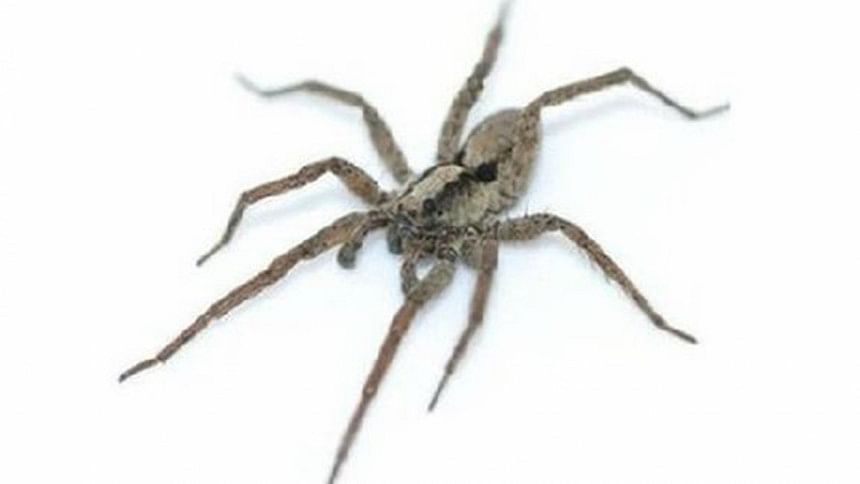Spiders strum on leaves for love

Scientists have revealed the musical, flirtatious side of a common spider.
Alexander Sweger and Prof George Uetz from the University of Cincinnati recorded the percussive courtship display of the so-called purring wolf spider Gladicosa gulosa.
They played the male spiders' call to females, revealing that they used leaves to transmit sound.
They presented the findings at the Acoustical Society of America annual meeting.
The researchers think this could provide clues about the earliest evolution of sound-based communication.
When the team started their research on this North American spider species they found that the few papers that had been published on it mentioned the sound it made - a quiet "chorus of spiders" that ecologists reported hearing in the forests of the US.
Most spiders use and detect physical vibrations, sensing through their legs the presence of one another, and of prey and predators.
Recording studio
"I decided I wanted to find out whether this species using airborne sound to communicate," Sweger told BBC News.
To do this, he and the team set up a tiny spider recording studio - putting male spiders on different surfaces and recording the sound they made.
Using scent cues from females, the researchers were able to trigger male wolf spiders to purr, a sound they make by dragging a special comb-like "stridulatory organ" across the surface they are on.
They then recorded and played back the sound to female spiders. This ensured that the females were exposed only to the airborne sound, rather than the physical vibrations the males produced.
This revealed that the serenade would only work - both for the source and the recipient - if the spiders were on leaf-like surfaces that vibrated easily.
"We found that it's the substrate itself that's responsible for the airborne component of the sound," said Sweger.
"On granite or wood or dirt, you get little to no vibration and almost no sound.
"But on a leaf, or paper or parchment, you get vibration and you get the airborne sound."
Female spiders, Prof Uetz told BBC News, "pick up vibrations - so the sound is transmitted to them from leaf to leaf".
Spiders have special sensory organs in their legs, Prof Uetz explained. "They're called sensillae; they're sort of in their knees - that's how they hear."
The researchers are hoping to find out if the spiders have adapted to sing through the forest floor, and if this behaviour shows the very early evolution of a primitive sound-based communication.

 For all latest news, follow The Daily Star's Google News channel.
For all latest news, follow The Daily Star's Google News channel. 



Comments